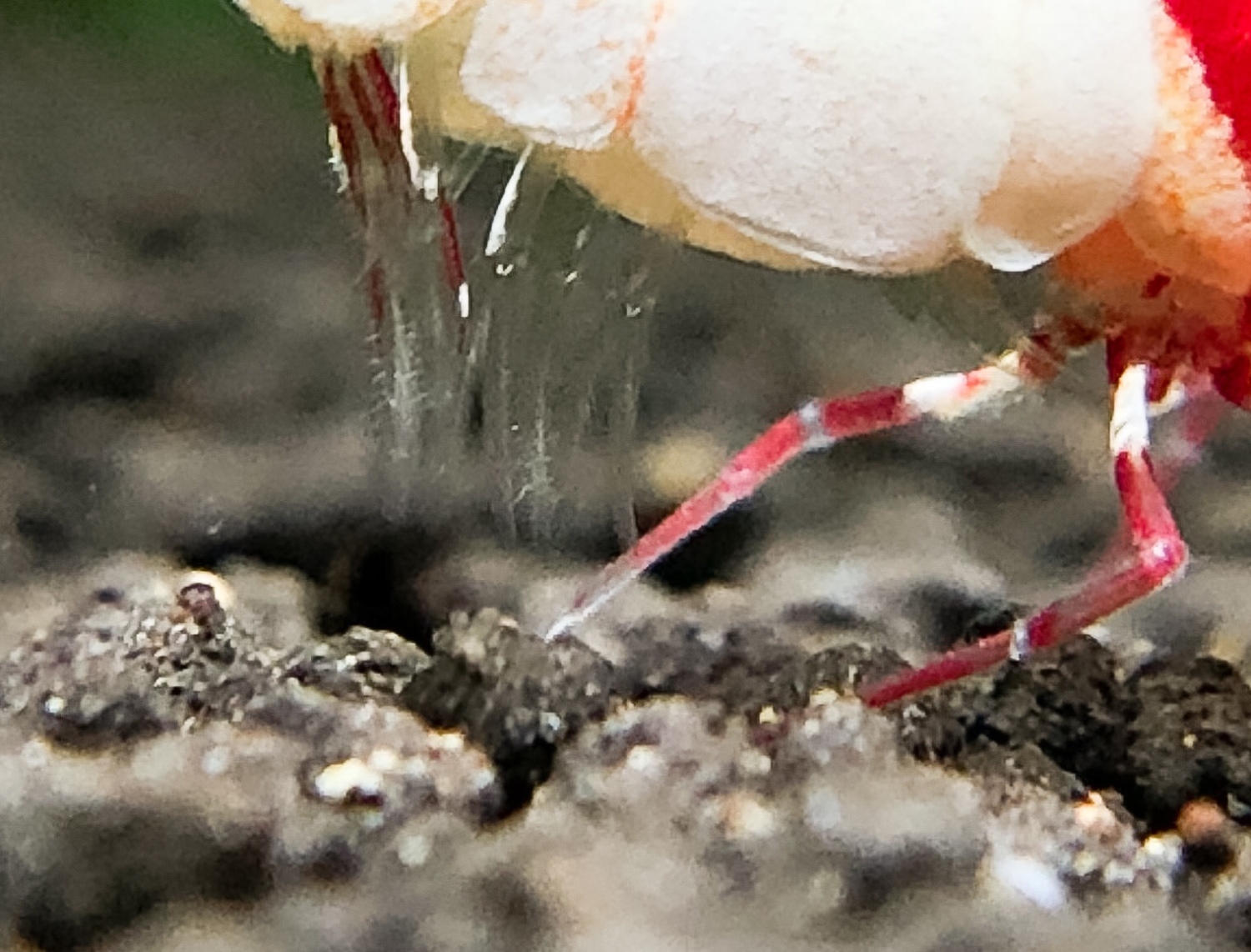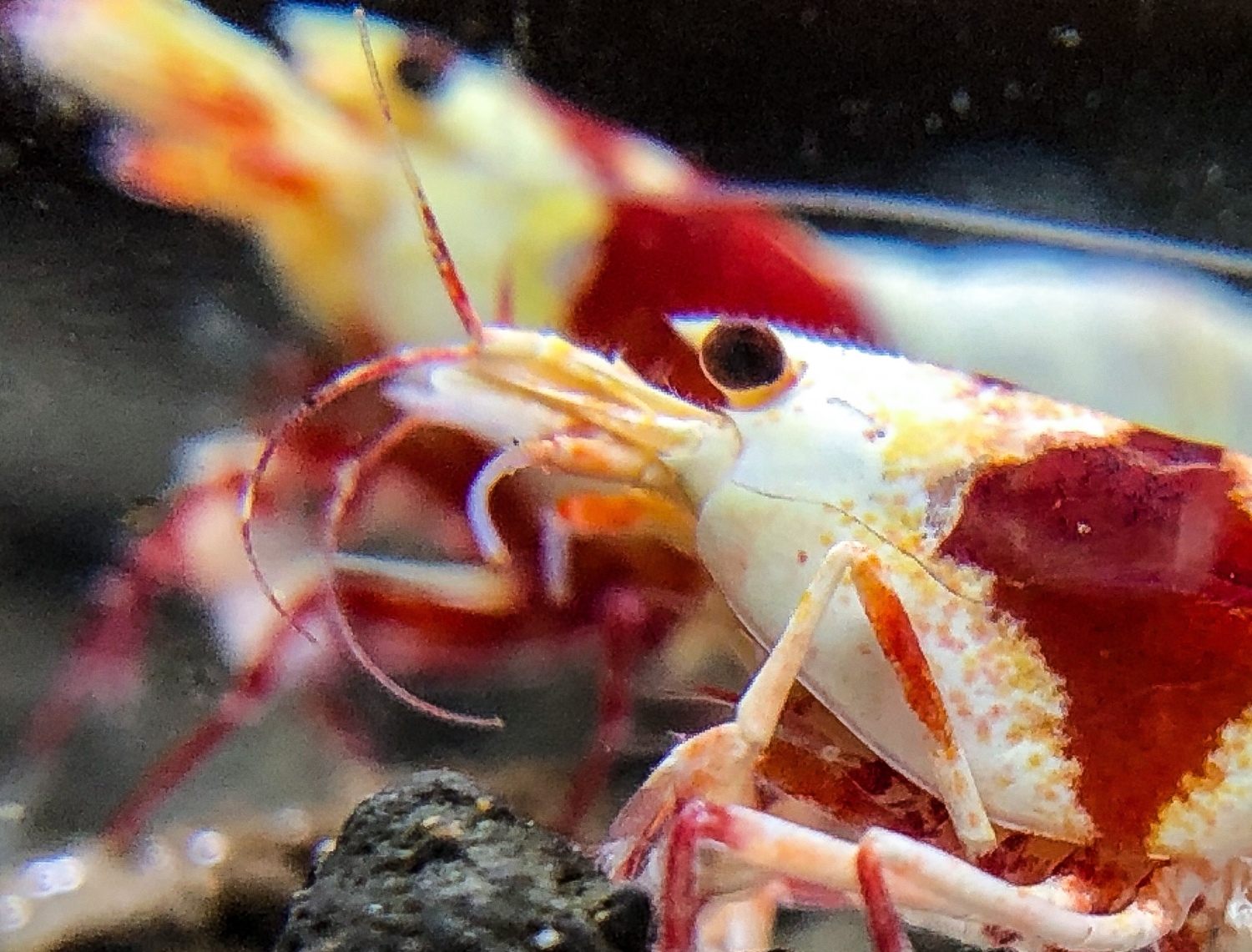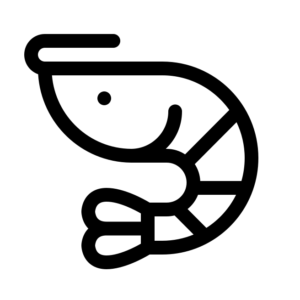One of the more commonly seen and easier to keep shrimp are the Pure Red Line. There has been a lot of documentation on this shrimp with a history of how they come about. However, I will be touching on more about keeping and breeding this shrimps.
One of the things about this shrimp is that it really like good water condition to thrive with robust coloration and continuous breeding. These PRL are able to take a range of water parameters. However, my preference for water parameters is shown below.
Water parameters:
- pH 5.8
- Total dissolved solids : 85-90
- kH : 0
- GH : 4
- Nitrate, nitrite, Ammonia 0
- Temp 24-26 degrees Celsius
Building on all the content that is already posted in this blog, I wanted to mention the process of selective breeding can still be applied. Most of the processes and methodology can be applied as well. In other words, it is important to get that fundamental right.
One of the key difference in so many PRL from my perspective can be broken down into a few broad categories.
For example:
- Color
- Red: is bright red to a brick red coloration without much fading in the front region.
- some have pinkish hue to it – as they age some have it pink but doesn’t cover the entire shrimp
- Red: is bright red to a brick red coloration without much fading in the front region.


-
- White: The white coloration sometimes have a yellowish tinge to it but predominately white. Yellow tinge does not mean it is of mix lineage, on the other hand if it’s all white and sparkling, it’s good you trace that lineage.
- Legs: Are they red, white or a mix? Or are there spider legs (if you see spider legs something isn’t right and I will classify them as CRS, it does happen in PRL but what i learn is a very very rare occurrence and doesn’t breed through to the next gen.


-
- Swimmerets : Are they yellow, white or red?

- Size
- Shrimp is of good large size 2-3cm at adulthood
- Head to body ratio: 1:3. It is important that it doesn’t look too distorted due to inbreeding. Many times the shrimp doesn’t have a good form where the head and body are 40:60 and some 20:80.
- Legs: proportionate not stringly due to poor diet, genetics and water condition
- Shell
- shell have few blemishes and are of certain thickness. Aggressive feeding can sometimes cause shrimp to have some “war marks” but they generally can recover after the next molt. This goes the same to the feelers of male.
-
- 2nd Abdomen shell segment(of Male Shrimp) the biggest one in the middle is round and big resembling a female, which would show a much more robust characteristic
- Thick, regularly spaced
- Thick Carapace
- colored Scaphocerite
- Visible – colored rostrum

- Age
- Age of shrimp can sometimes be determine by the hunched back of shrimp when the shrimp grows bigger
- another telltale sign is the Antennule curving down and backwards vs forward or upwards


Great read. Did not know that there were so many factors that go to rating the PRL. Thank you for your knowledge!
No problem! We all learn together.